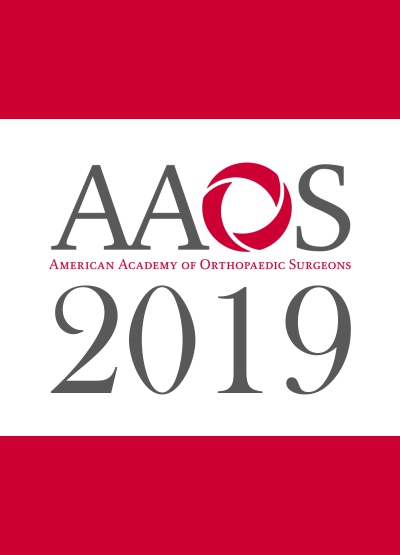
AAOS2019: Sling versus no sling immobilization following repair of small supraspinatus tear
CONFERENCE ACE REPORTS
This ACE Report is a summary of a conference presentation or abstract. The information provided has limited the ability to provide an accurate assessment of the risk of bias or the overall quality. Please interpret the results with caution as trials may be in progress and select results may have been presented.
Synopsis
80 patients with a supraspinatus tear less than 3cm and scheduled for arthroscopic repair were randomized to either 4-week sling immobilization or no sling use after surgery. Patients were assessed for shoulder range of motion, pain, and functional scores, as well as repair integrity and tendon healing on 6-month ultrasound. Clinical measures demonstrated significantly better results for the no sl...
To view the full content, login to your account,
or start your 30-day FREE Trial today.
FREE TRIAL
LOGIN
Forgot Password?
Explore some of our unlocked ACE Reports below!

Learn about our AI Driven
High Impact Search Feature
Our AI driven High Impact metric calculates the impact an article will have by considering both the publishing journal and the content of the article itself. Built using the latest advances in natural language processing, OE High Impact predicts an article’s future number of citations better than impact factor alone.
Continue



 LOGIN
LOGIN

Join the Conversation
Please Login or Join to leave comments.